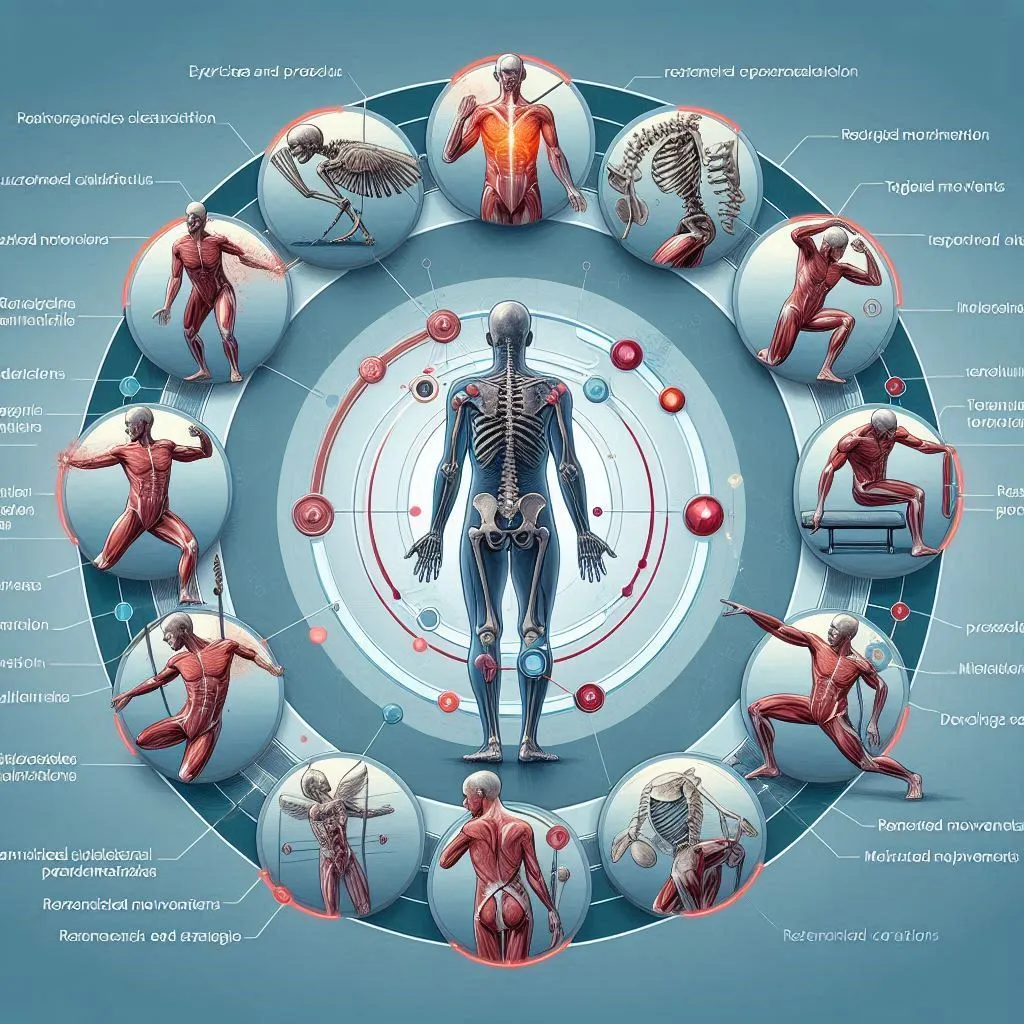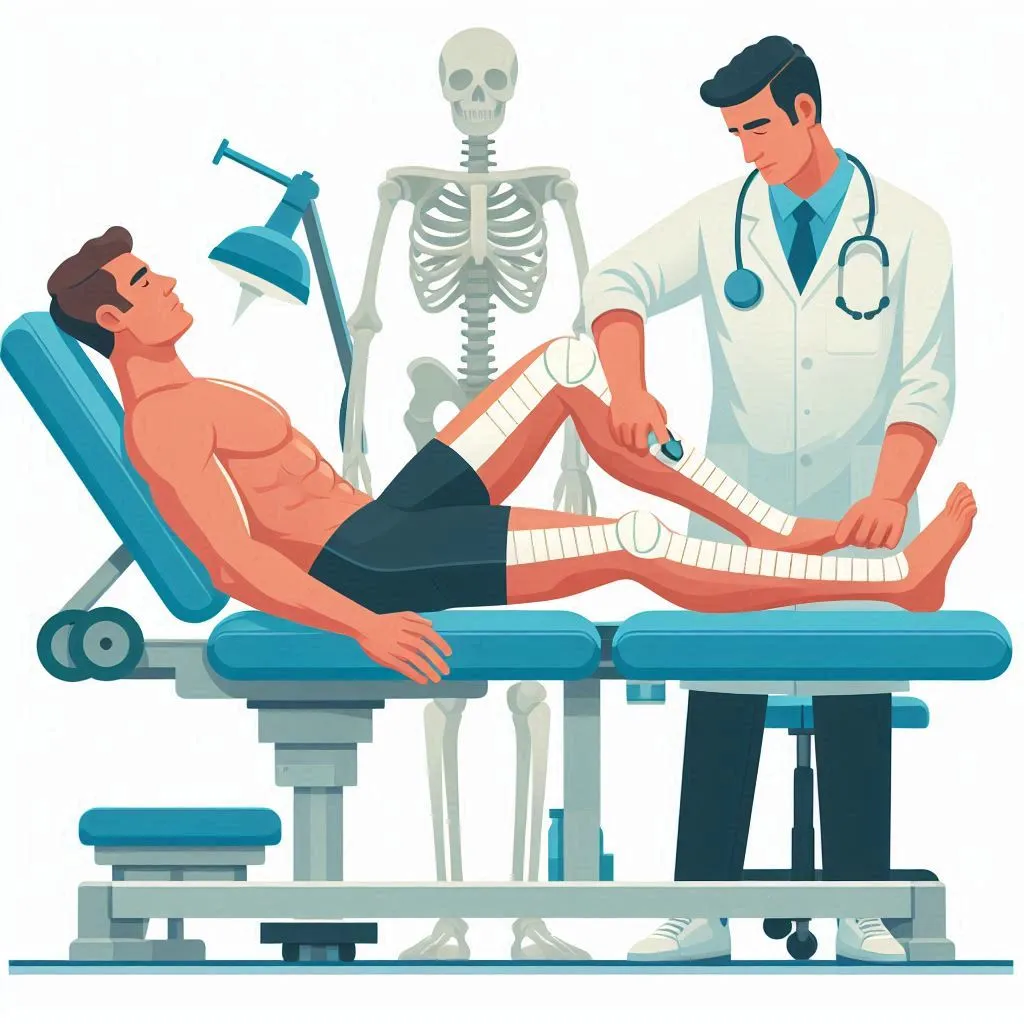MCKENZIE APPROACH OR MDT (MECHANICAL DIAGNOSIS AND THERAPY) APPROACH
The McKenzie method or mechanical diagnosis and therapy (MDT) is a system of diagnosis and treatment for spinal and extremity musculoskeletal disorders. The McKenzie Method of Mechanical Diagnosis and Therapy (MDT) is an internationally researched and acclaimed system of assessment and management for spinal and extremity musculoskeletal disorders developed by New Zealand Physiotherapist Robin McKenzie. It has been widely used all over the world for more than 60 years.
Key features of this method is emphasizing patient empowerment and self-treatment and the initial assessment - a safe and reliable format to reach an accurate classification and only then develop the appropriate management plan, taking into account all the various factors that can influence the patient’s experience of pain. Expensive tests such as MRI’s are often unnecessary. MDT categories patients complaints not on anatomical basis, but subgroups them by the clinical presentation of patients. The reliability of MDT classifications have been confirmed by numerous studies.
MDT exists of 4 steps:

Assessment
MDT begins with the clinician taking a detailed history about your symptoms and how they behave. You will be asked to carefully perform certain movements and adopt specific positions. Your clinician will question you clearly about how your symptoms are affected. The main difference between MDT and most other assessments is the use of repeated movements rather than a single movement and the careful questioning by the clinician. How your symptoms and range of movement change with these repeated movements and positions provides the clinician with information that they use to understand the nature of your problem.
Classification
Each specific musculoskeletal classification is addressed according to its unique nature, with targeted exercises and procedures, including repeated movements and sustained postures. Most commonly, the classification warrants education and an exercised-based self-management strategy, however, there are specific classifications that need alternative plans. In these cases, the MDT clinician will work with you to collaboratively develop an appropriate management strategy. Sometimes this may mean that there will need to be longer term planning to achieve your goals, or in rare cases the problem will warrant a referral onto a medical practitioner.


Treatment
Using the information from the assessment and subsequent classification, the clinician will likely prescribe specific exercises and advice regarding postures to adopt. Your instructions will be clear and simple, not pages of exercises. You will also be guided as how to interpret your symptoms and how to feel safe to respond. For a few that have a more challenging presentation, a qualified MDT clinician may need to add hands-on procedures until you can self-manage.
Treatment that you can perform five or six times a day is more likely to be effective in a shorter period of time than treatment administered by the clinician once or twice per week. The emphasis is on you, the patient, being actively involved. This can minimise the number of visits to the clinic. Ultimately, most patients can successfully treat themselves when provided with the necessary knowledge and tools.
Prevention
By learning how to self-treat the current problem, hopefully you will gain some insight into how to minimise the risk of recurrence. You should also be able to self-treat symptoms if they recur, putting you in control of your treatment safely and effectively. Persisting problems are more likely to be prevented through self-maintenance than by passive care.

Unlike other exercises for treating low back pain meant for muscle strengthening, stability and restoring range of motion, MDT exercises are meant to directly diminish or even eliminate the patients symptoms.This effect is accomplished by providing a corrective mechanical directional movement. Patients who have a directional preference have been shown to have improvements in pain.
MDT educates patients regarding movement and position strategies can reduce pain. A cautious progression of repeated forces and loads is used in this method.
MDT is a comprehensive assessment and management approach based on sound and logical principles that focuses on the patient and their potential to self-manage and recover their previous level of function.